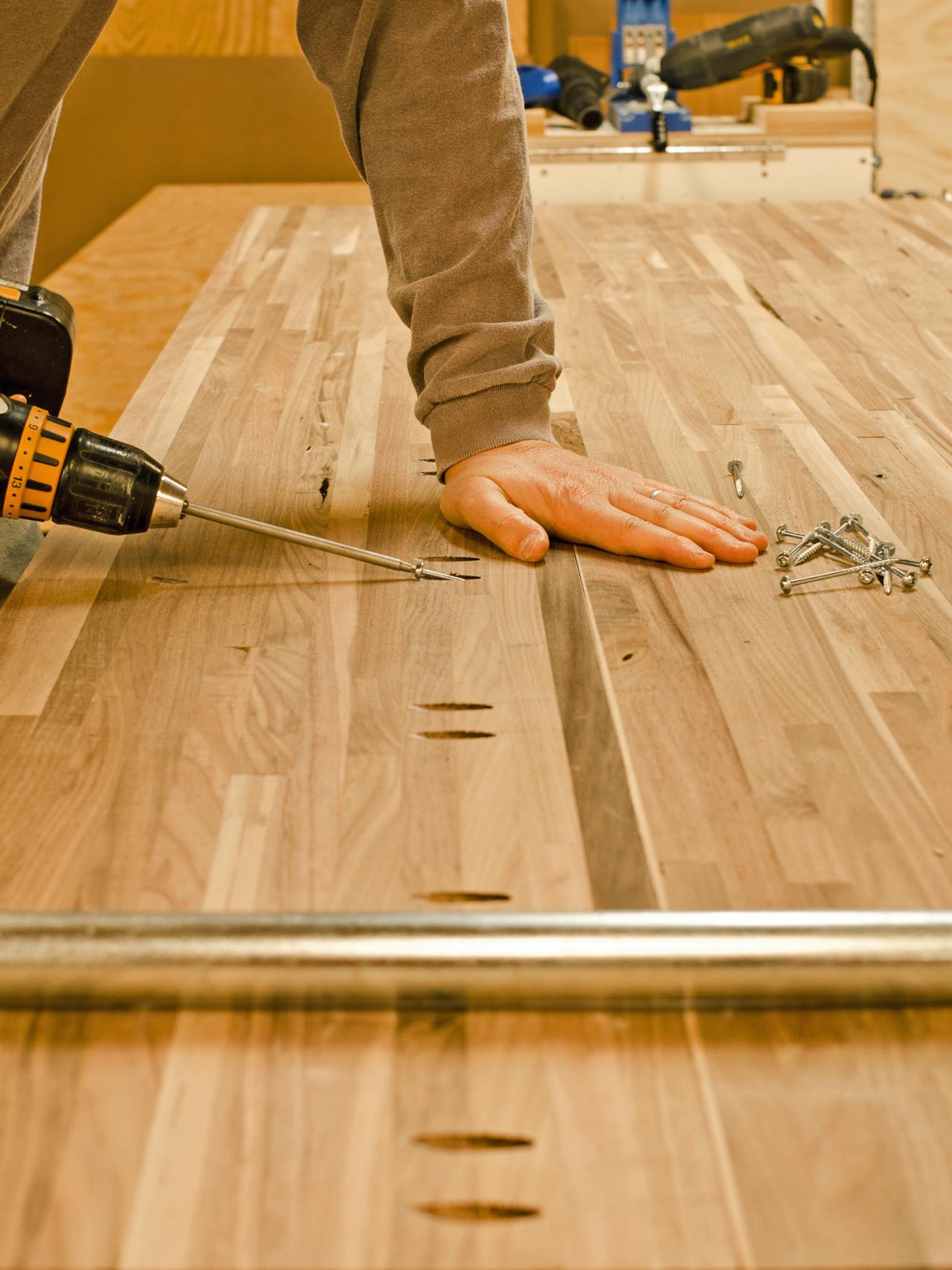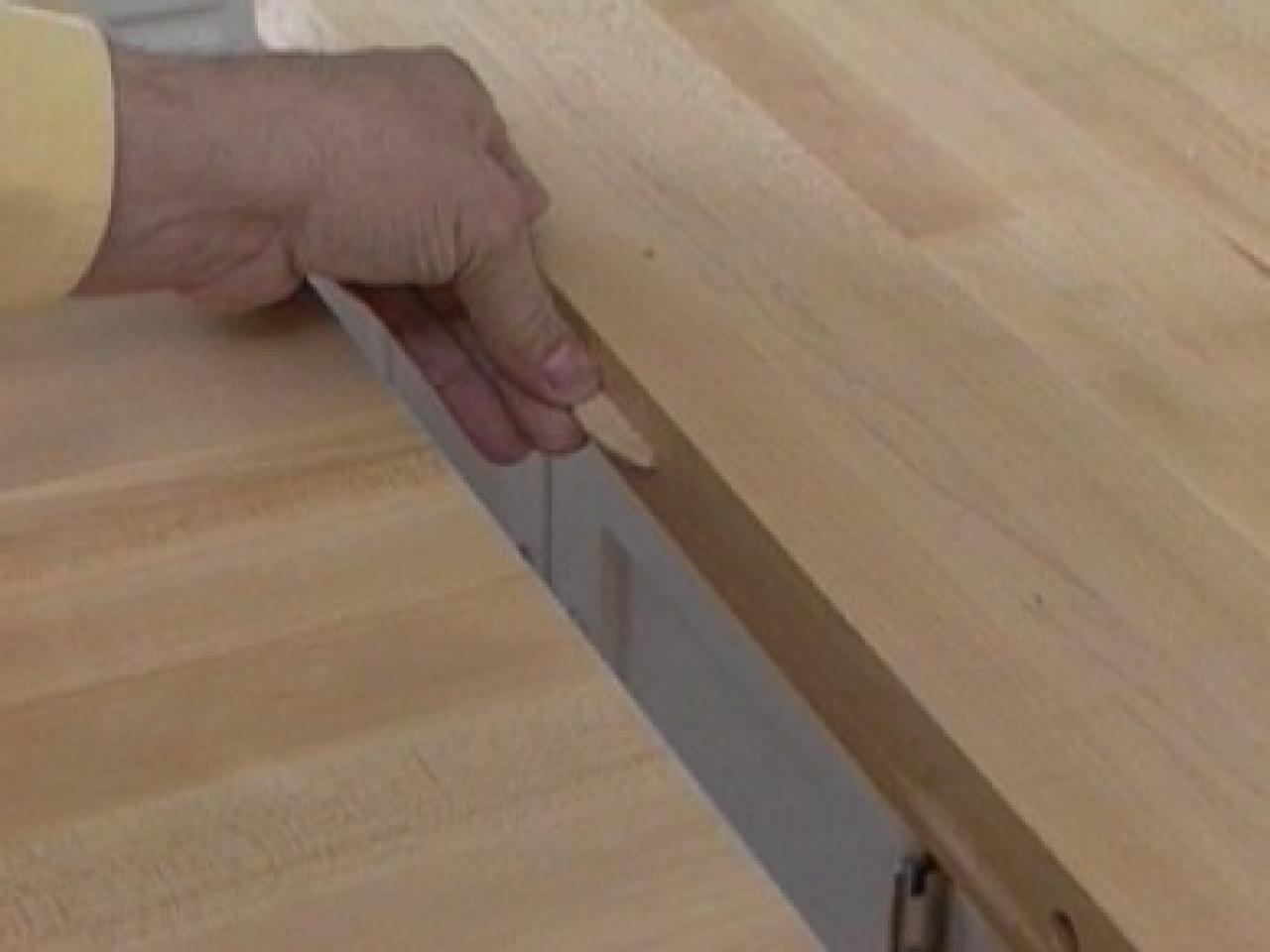Joining butcher block countertops is a crucial step in creating a seamless and visually appealing surface in your kitchen or workspace. Butcher block countertops, known for their durability and classic appearance, are often preferred for their natural beauty and functionality. When it comes to joining these countertops, there are several methods and techniques to consider, each with its benefits and challenges.
One common method for joining butcher block countertops is using biscuits or dowels. Biscuits are small, oval-shaped pieces of wood that are inserted into corresponding slots cut into the edges of the countertops. Similarly, dowels are cylindrical rods that are inserted into matching holes drilled into the countertop edges. Both biscuits and dowels provide additional strength and stability to the joint, ensuring a secure and durable connection between the two countertop sections.
Another popular method for joining butcher block countertops is using wood glue and clamps. This technique involves applying a generous amount of wood glue to the edges of the countertops before pressing them together firmly. Clamps are then used to hold the countertops in place while the glue dries, creating a strong and seamless joint. It’s important to ensure that the edges of the countertops are clean, straight, and properly aligned before applying the glue to achieve a smooth and professional-looking joint.

Additionally, some homeowners opt to join butcher block countertops using pocket hole screws. This method involves drilling pocket holes into the underside of one countertop section and attaching it to the other section using screws. Pocket hole screws provide a strong and secure connection between the countertops while minimizing visible fasteners on the surface. However, it’s essential to use the appropriate screws and to carefully align the countertop sections to ensure a tight and flush joint.
Furthermore, some professionals recommend using a combination of methods to join butcher block countertops for added strength and stability. For example, biscuits or dowels can be used in conjunction with wood glue and clamps to create a robust and long-lasting joint. This approach ensures that the countertops are securely joined and minimizes the risk of separation or warping over time.

Before joining butcher block countertops, it’s essential to properly prepare the edges of the countertop sections to ensure a tight and seamless fit. This may involve trimming any excess material, sanding the edges to create a smooth surface, and applying a finish to protect the wood from moisture and stains. Proper preparation is key to achieving a professional-looking joint and ensuring the longevity of your butcher block countertops.
Additionally, it’s important to consider the type of wood and grain orientation when joining butcher block countertops. Ideally, the grain of the wood should run in the same direction across the joint to create a visually cohesive and uniform surface. This helps to minimize the appearance of the joint and creates a seamless transition between the countertop sections.
Furthermore, proper care and maintenance are essential for preserving the integrity of the joint and ensuring the longevity of your butcher block countertops. It’s important to avoid placing hot pots or pans directly on the joint, as excessive heat can weaken the adhesive and compromise the integrity of the joint over time. Additionally, regular cleaning and sealing of the countertops can help protect the wood from moisture and stains, prolonging the life of the joint and maintaining the beauty of your butcher block countertops.
Joining butcher block countertops requires careful planning, preparation, and execution to achieve a seamless and visually appealing result. Whether you choose to use biscuits, dowels, wood glue, clamps, pocket hole screws, or a combination of methods, proper technique and attention to detail are essential for creating a strong and durable joint. By following the proper steps and techniques, you can create a beautiful and functional surface that enhances the aesthetic appeal of your kitchen or workspace.
Images Related to How To Join Butcher Block Countertops
Installing Butcher Block Countertops – Domestic Imperfection

How to Install a Butcher-Block Countertop how-tos DIY

How to Install Butcher Block Countertops – Hey, Letu0027s Make Stuff

How to Connect and Adjoin Hardwood Reflections Butcher Block

DIY Ikea Butcher Block Countertop Installation – GardenFork

Tips & Tricks on Installing Butcher Block Countertops – Sew Woodsy

Related articles:
- Butcher Block Countertop For Kitchen Island
- Can You Paint Butcher Block Countertops
- Butcher Block Countertops With White Cabinets
- Pine Butcher Block Countertops
- Butcher Block Countertops Walnut
- Maple Butcher Block Countertops
- Care Of Butcher Block Countertop
- Butcher Block Countertops Maintenance
- Antique Butcher Block Countertops
- Butcher Block Countertop Sealing